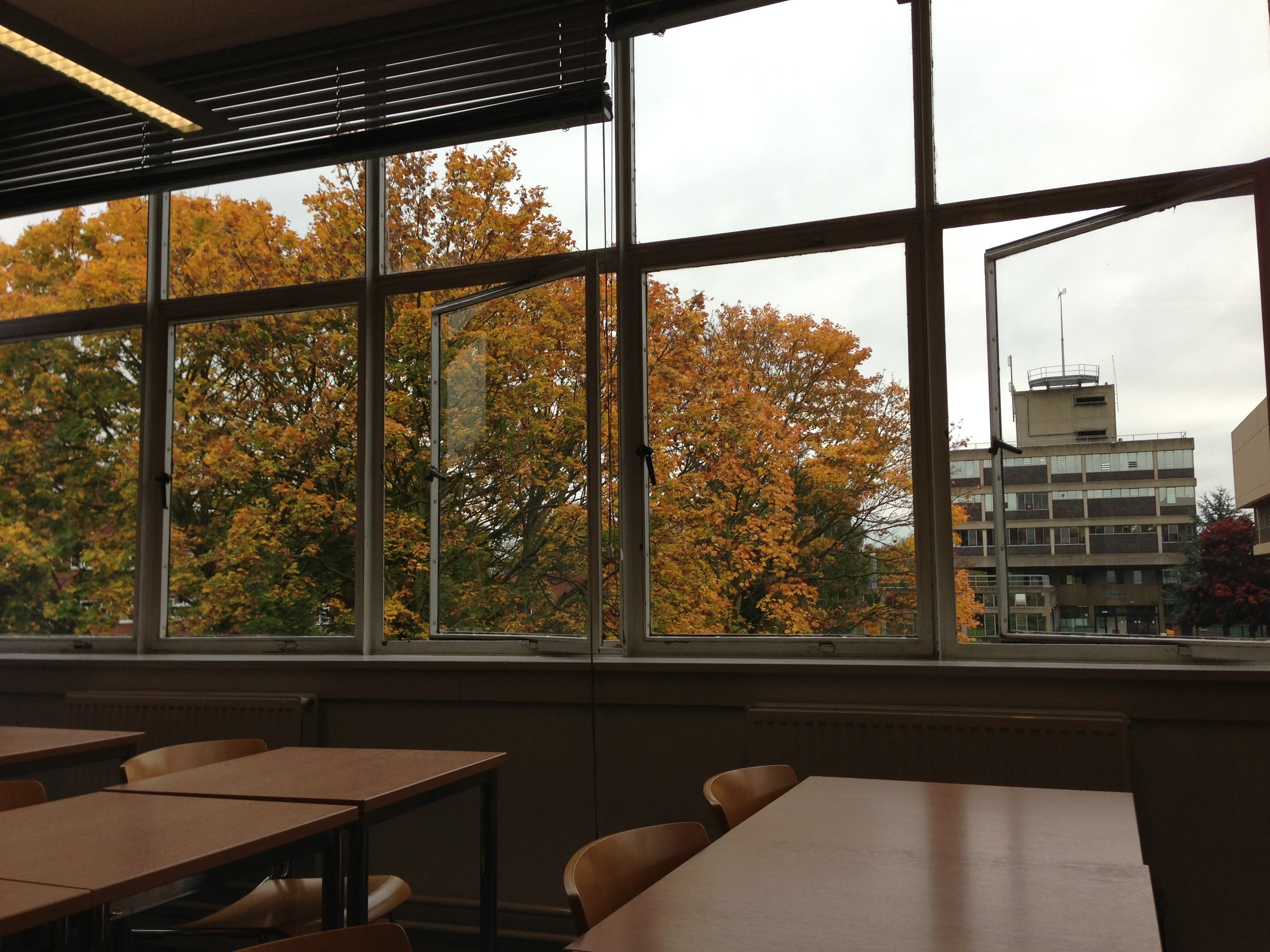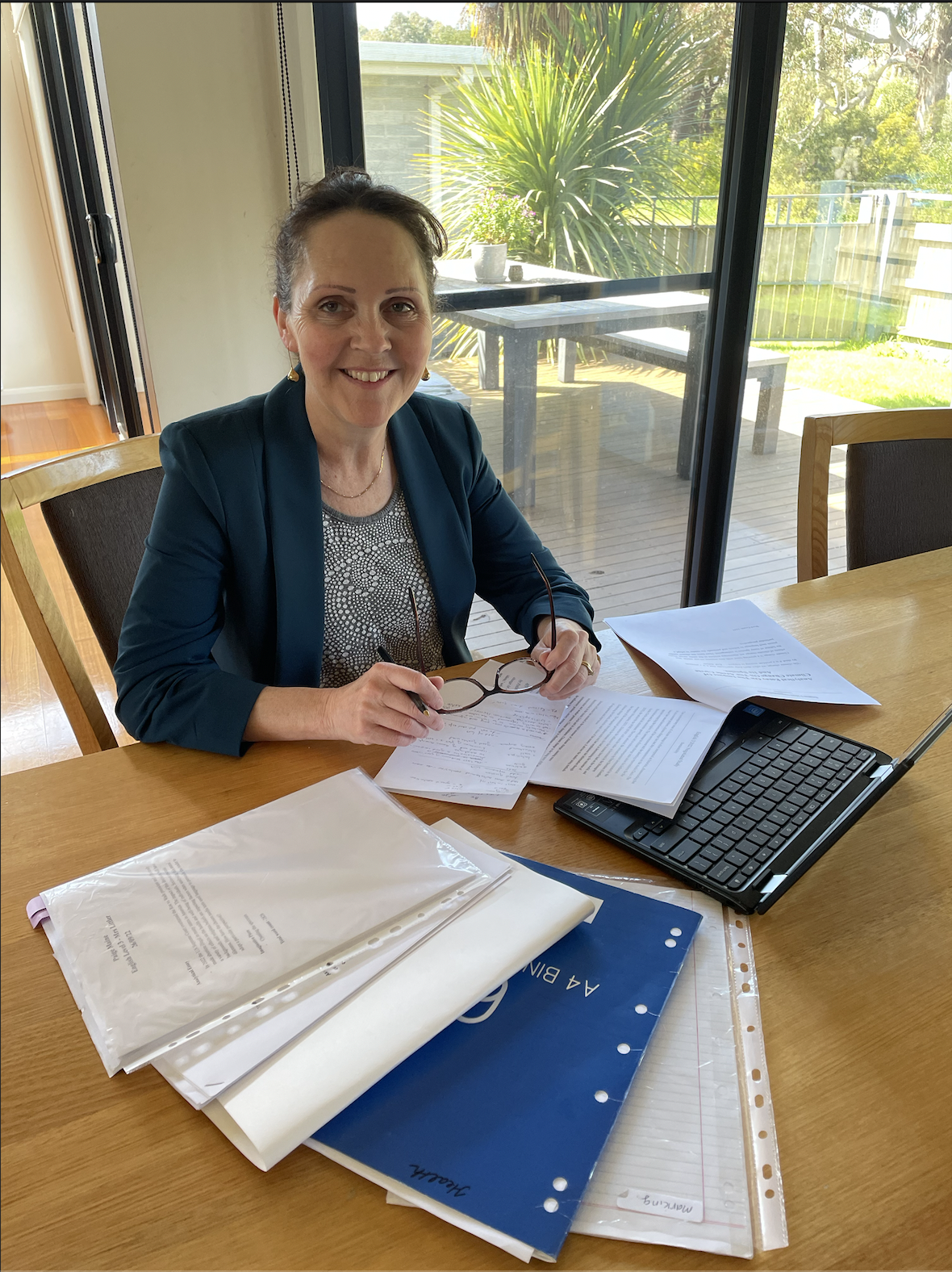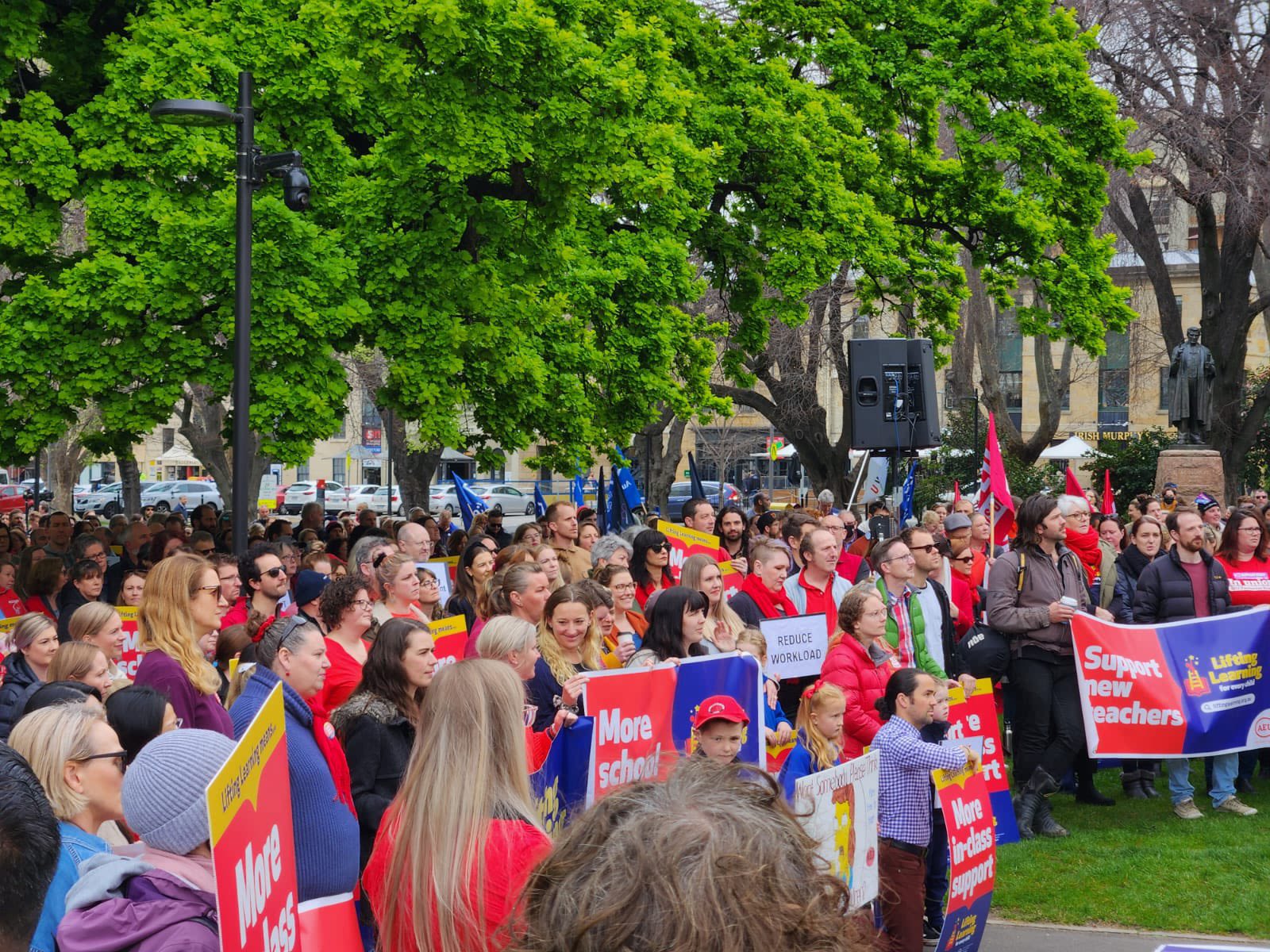Why Are Teachers Underpaid?

The education sector affects every Australian. Whether you went to high school, know a friend attending TAFE, have a child going to primary school or are still studying at university.
So why are teachers, the cogs facilitating this education machine, making claims of being underpaid?
Underpaid, Undervalued and Overworked
This year in June, NSW teachers took to the streets and rallied for competitive salaries and manageable workloads. A couple of weeks ago on September 28th, Tasmanian teachers followed suit and walked out of classrooms, demanding respect and more support.
The catchcry rallying workers and gaging the nation’s attention is ‘underpaid, undervalued and overworked’.
The terminology suggests teachers are not claiming low wages but rather a proportional imbalance, related to skill and respect.
“If you’re looking at entry-level, teachers actually get paid pretty favourable when compared to doctors, engineers and other professions,” Marino D’Ortenzio said.
As Vice President of the Australian Education Unions Secondary Sector, Mr D’Ortenzio spends his days liaising between teachers and The Department of Education.
Underpay becomes apparent when comparing salary scales across different industries, according to Mr D'Ortenzio.
As a teacher's career progresses, the competitive rate tapers off. Senior teachers' experience and skills are barely more financially valued than a graduate in their first year out.
The OCED’s ‘Education at a Glance 2021’ found the highest pay rate was only 1.46 times above the graduate salary. To match the national average salary scale, principals would be demanding a pay increase of more than 25 per cent.
With a salary scale so disproportionately below the national average, it can be hard to understand what is halting change.


Enter the Enterprise Bargaining Agreement. Wage increases in education are governed on an industry-wide basis, so changes in rates for one mean changes in rates for all.
That’s a wage bill of 303, 539 primary and secondary education employees nationwide. This makes it challenging for Mr D’Ortenzio to win battles for union members.


The Value of Knowledge in a Capitalist Society
But teachers are not just up against The Department of Education and The Enterprise Bargaining Agreement. They are fighting an underlying ideology that governs the way Australia remunerates workers.
“Management and the business of making money are seen as more important than educating and encouraging the next generation of learners," Mrs Rachelle Shelverton said.
Mrs Shelverton has been a teacher for over thirty years and her observations on wage allocation denote a capitalist meritocracy.
Under this system, wages are decided based on merit. However, when the evaluation of merit is determined by how thickly an industry lines the government's pockets, professions like teaching fall by the wayside.
"Governments often talk about the cost of education, but what they don't talk about is what that education enables you to do,” Mr D’Ortenzio said.
The wages of teachers suffer because their return societal investment cannot be monetised.
The education sector cost the government $116 billion AUD in the last financial year.
While the finance sector generated $140 billion in GDP for the Australian economy.

The 2021 Census, released by the Australian Bureau of Statistics, charted Australia's weekly earnings by industry.
Professions in STEM-based industries were among the highest paying. The wages of teachers were more comparable to non-tertiary-educated workers.
While the pay difference reflects the competitive wage negotiations found in STEM industries, it also speaks to the capitalist values that underpin how Australian workers are remunerated.
"All the money coming from the finance sector...where did people learn how to do that work? Well, they started in a school. They are only able to do that because of the investment that was made in their education by the people of Australia," Mr D’Ortenzio said.
Women in the Industry
Then there is the issue of gender.
Research has shown that female-dominated industries are statistically paid less, and teaching is not immune to this reality.
In Australia, for every male teacher there are three females. Mrs Shelverton believes the gender imbalance is reflected in her paycheck.
“I can definitely see a link between the low pay and the higher number of female teachers," Mrs Shelverton said.
She notes the “societal expectations to see women in caring roles” and how “skills are traditionally valued” as factors sustaining females' financial suppression.
In a meritocracy, low skill equals low pay. The assumption that 'women's work' requires less skill eerily prevails when analysing pay rates within female-dominated industries.
By pursuing leadership roles, female teachers can better their financial prospects as “in most states, it is the only way to get paid more,” Mr D’Ortenzio said.
Managers report the highest hourly earnings of any profession, but the statistics show women are isolated from these positions.
According to the ABS, females working in education earn $1,802.50 per week, while males earn $2,023.20. The pay gap becomes more disproportionate when considering the sector's gender ratio.
In Victoria, the AEU has helped introduce initiatives like increasing the parental leave available to males and paying women 12 months of superannuation while on family leave.
The AEU were happy to farewell a Coalition government “who relentlessly bagged the profession” and “implemented policies that showed no trust in teachers,” according to Mr D'Ortenzio.
He said the new Labor government is "making all the right sounds" but their effect on the sector is yet to be seen.

